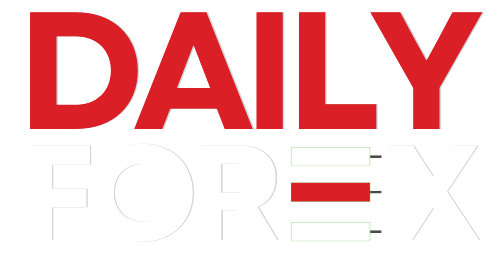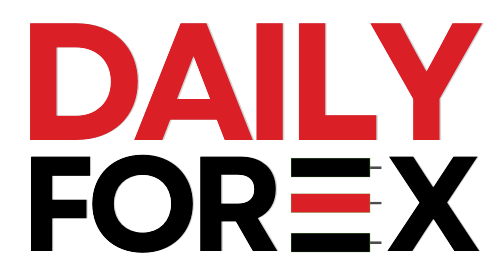Bitcoin mining is the backbone of the Bitcoin network. It’s how transactions are confirmed, new bitcoins are created, and the blockchain remains secure and tamper-proof. But what exactly happens behind the scenes when someone says “Bitcoin mining”? Let’s break it down.
🔍 What Is Bitcoin Mining?
In simple terms, Bitcoin mining is the process by which new blocks are added to the blockchain. It involves a network of miners competing to find a specific number that will produce a valid block hash.
When a miner finds this “magic” number (called a nonce), they get rewarded with newly minted bitcoins and transaction fees. Currently, the reward is 3.125 BTC (as of April 2024).
🧱 What Is a Block?
A block is a container of data that includes:
- ✅ Transactions from the Bitcoin mempool (pending transactions).
- 🕒 A timestamp indicating when the block was created.
- 🔁 The hash of the previous block.
- 🧾 A special summary of all transactions called a Merkle Root.
This metadata sits inside the block header, which gets hashed during mining.
🧩 What Is Hashing in Mining?
Miners take the block header and run it through a special algorithm (SHA-256). The result is a unique 64-character string called the Block Hash.
However, this Block Hash must meet one condition:
👉 It must start with a certain number of zeros (e.g., 000000....).
The number of zeros is determined by the Bitcoin network’s difficulty level, which adjusts every two weeks based on how many miners are participating.
🔢 The Role of the Nonce
To get a valid hash, miners change a random number called a nonce in the block header and try again. This is repeated millions to billions of times per second across the globe.
Each attempt is like trying to unlock a digital combination lock.
Only one miner will find the correct combination first.
⚔️ Mining Competition and Block Reward
The first miner to find the correct Block Hash gets to:
- ✅ Add the new block to the blockchain.
- 💰 Receive the block reward (3.125 BTC + transaction fees).
- 📤 Broadcast the new block to other nodes for verification.
All other miners then stop working on that block and begin mining the next one.
🔒 What Is Proof-of-Work (PoW)?
This mining process is part of a consensus mechanism called Proof-of-Work (PoW). It ensures:
- That only valid transactions are added to the blockchain.
- The network remains decentralized and secure.
- Every block is immutable—it cannot be changed without redoing the proof-of-work for every subsequent block.
⛏️ Why Mining Is Important
Bitcoin mining ensures:
- 🔐 The security of the Bitcoin blockchain.
- 🌍 A decentralized way to verify and record transactions.
- 💸 A predictable issuance of new bitcoins until the max supply of 21 million is reached.
🧠 Final Thoughts
Bitcoin mining isn’t about digging underground—it’s about solving digital puzzles. It’s a fascinating combination of cryptography, economics, and computer science. And it’s what keeps the entire Bitcoin network alive.
Stay Updated with Daily Forex Pakistan.




